Ready to invest in an air purifier but overwhelmed by the choices? You’re not alone. From claims that they erase dust in minutes to worries about 24/7 safety, the market is full of hype and confusion. This guide cuts through the noise, giving you straight‑forward answers, practical placement tips, and a quick look at real‑world performance.
First off, not every review is created equal. Trust reviews that mention specific test conditions—room size, filter type, and how long it took to see results. Look for numbers: CADR ratings, energy consumption, and filter lifespan. If a reviewer only says “it works great” without details, take it with a grain of salt. Real users who share the exact model, where they placed it, and any maintenance hiccups provide the most useful insight.
Even the best purifier can underperform if you put it in the wrong spot. Aim for high‑traffic areas where dust or pet hair gathers—near the living‑room entrance, a kitchen doorway, or a hallway. Keep the unit away from walls or furniture that block airflow; a clear three‑foot radius is ideal. If you’re battling mold spores, position the purifier close to the source, like a basement or bathroom, but pair it with proper ventilation to avoid moisture buildup.
Running a purifier 24/7 is generally safe. Modern units have auto‑shutdown features if they overheat, and most use low‑wattage fans that won’t spike your bill. However, if you’re on a tight budget, use the timer or sleep mode during the night—most models still circulate enough air to keep pollutants low while saving energy.
Mold removal is a common question. An air purifier can capture airborne spores, but it won’t fix the underlying moisture problem. Look for HEPA filters combined with an activated carbon layer; together they trap spores and odors. Still, you’ll need to address leaks, humidity, and proper airflow to truly eliminate mold.
When you’re curious about alternatives, consider natural options alongside tech. Houseplants like peace lily and snake plant absorb pollutants, and good cross‑ventilation pushes fresh air through your home. Using a purifier in tandem with these tricks often yields the cleanest air without relying on a single device.
Maintenance is another hidden cost. Replace HEPA filters as the manufacturer recommends—usually every 6‑12 months—otherwise airflow drops and the unit works harder. Some models warn you with a light indicator; others require you to track usage manually. Cheap “forever” filters often perform poorly after a few months, so factor replacement cost into your budget.
Safety wise, avoid covering the intake or exhaust vents. A clogged pre‑filter can cause the motor to overheat, which in rare cases could lead to a fire. Keep the purifier away from water sources, especially if you have a humidifier nearby, to prevent electrical hazards.
Bottom line: a good air purifier is a mix of solid filtration, proper sizing for your room, and sensible usage. Check reviews that give real numbers, place the unit where it can breathe, and keep up with filter changes. Follow these basics, and you’ll enjoy fresher, healthier air without wasting money or worrying about safety.
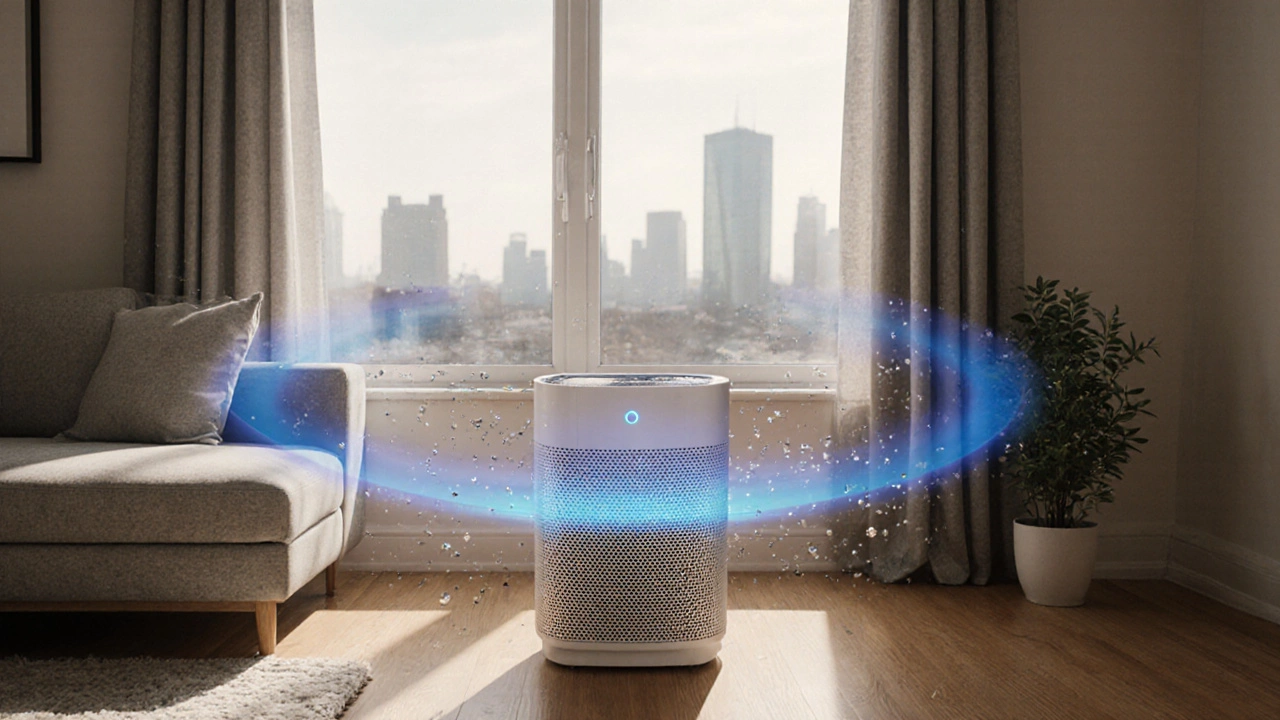
Learn how to calculate the time an air purifier needs to clean a room, using CADR, room size, ACH and filter types to get faster, healthier air.
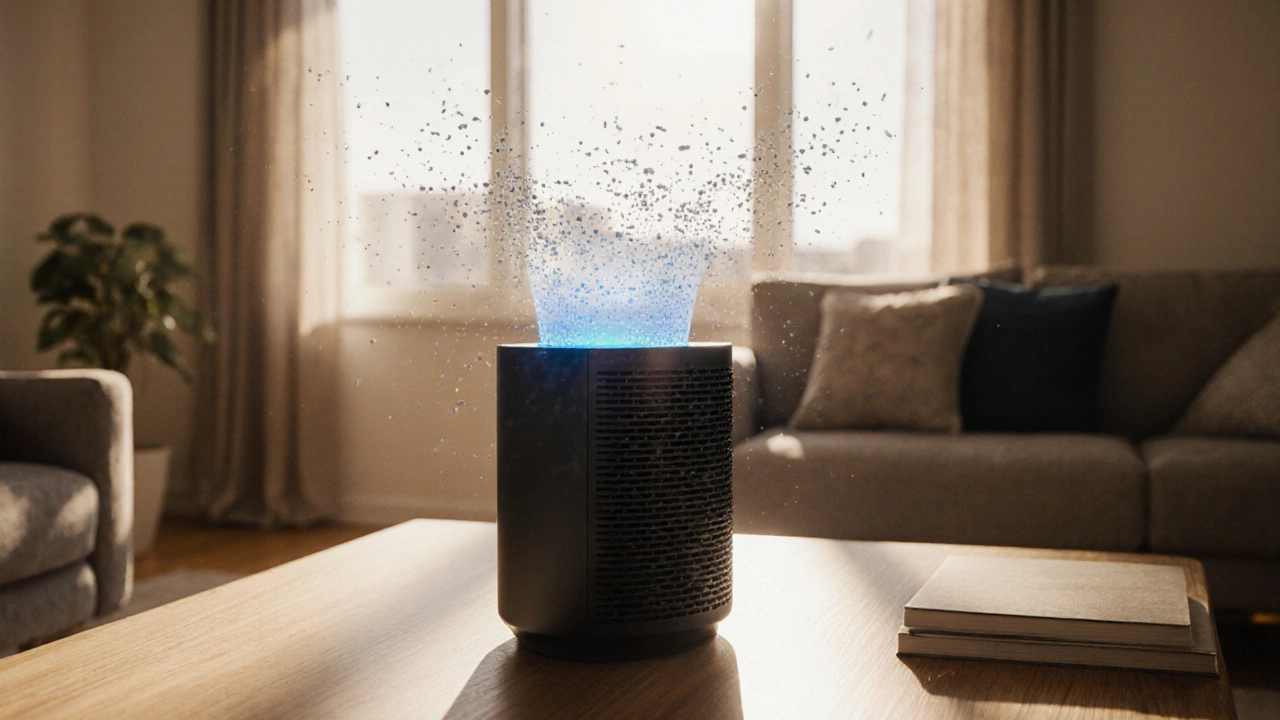
Learn if a single air purifier can cover an entire house, how to calculate coverage, and when multiple units or HVAC filters are needed.
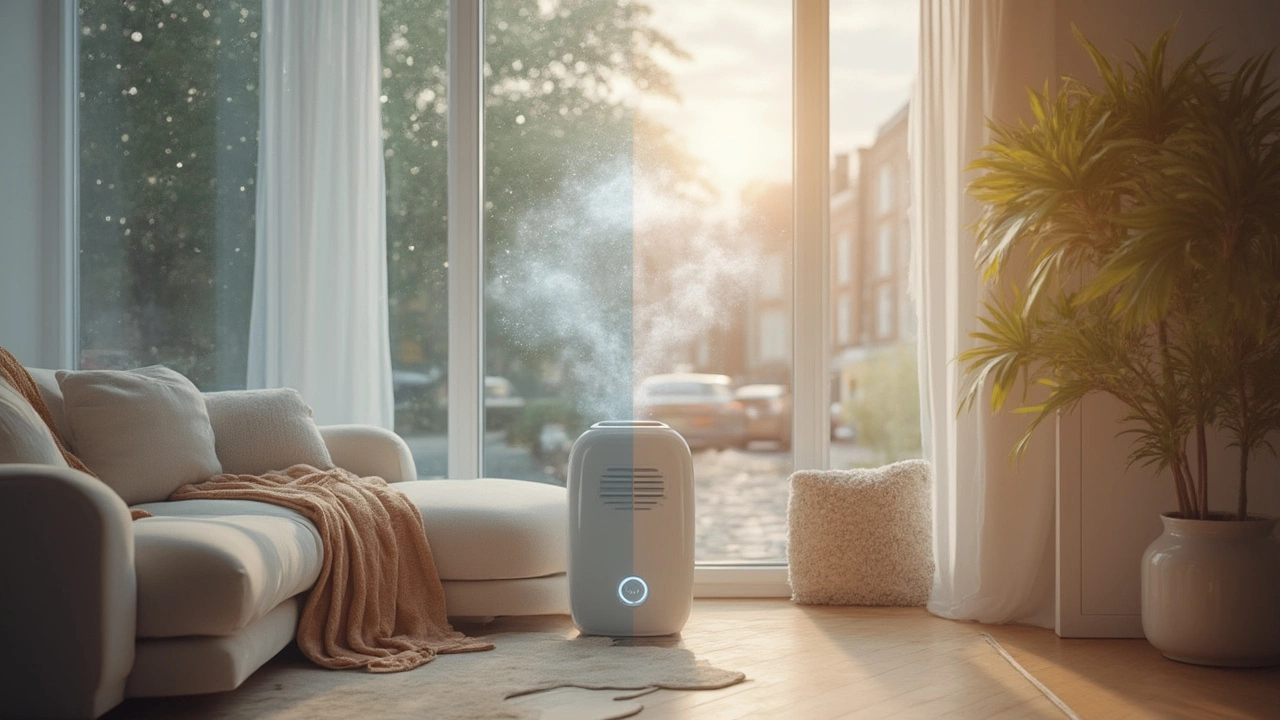
Do air purifiers actually improve indoor air quality or are they just a hype? Here’s the clear, research-based truth about air purifiers you need to know.

Wondering if an air purifier can help get rid of mold in your home? This guide explains what air purifiers can do about mold, what types of filters work best, and what their real limits are. Learn simple steps to improve air quality and tackle mold at the source. Find out what actually works and what’s just marketing hype. Get clear, honest answers so you can breathe easier.
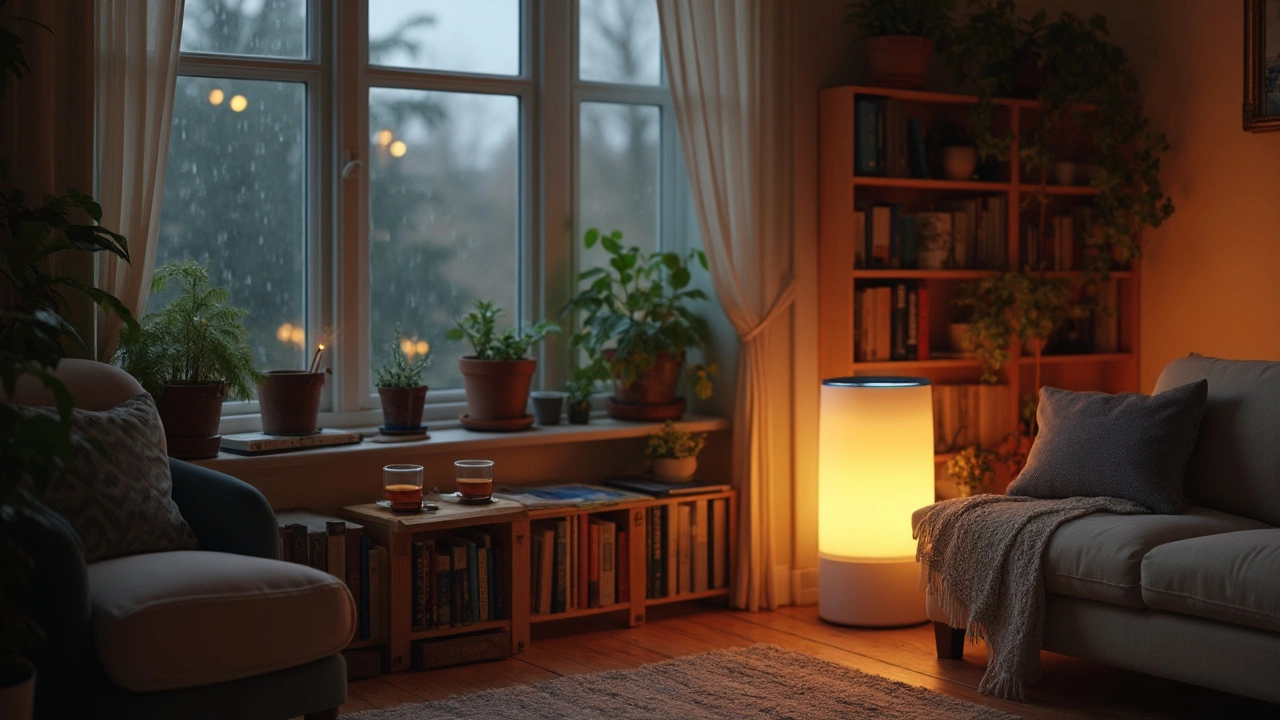
Thinking about letting your air purifier run around the clock? This article digs into whether it’s safe, what happens to your machine, and if it actually helps your air stay cleaner. You'll learn about potential energy costs, fire risks, and how modern air purifiers are designed to handle non-stop use. There's no tech talk, just straight answers you can use. Get the facts, plus a few smart tips to keep your air fresh without wasting money or risking your safety.
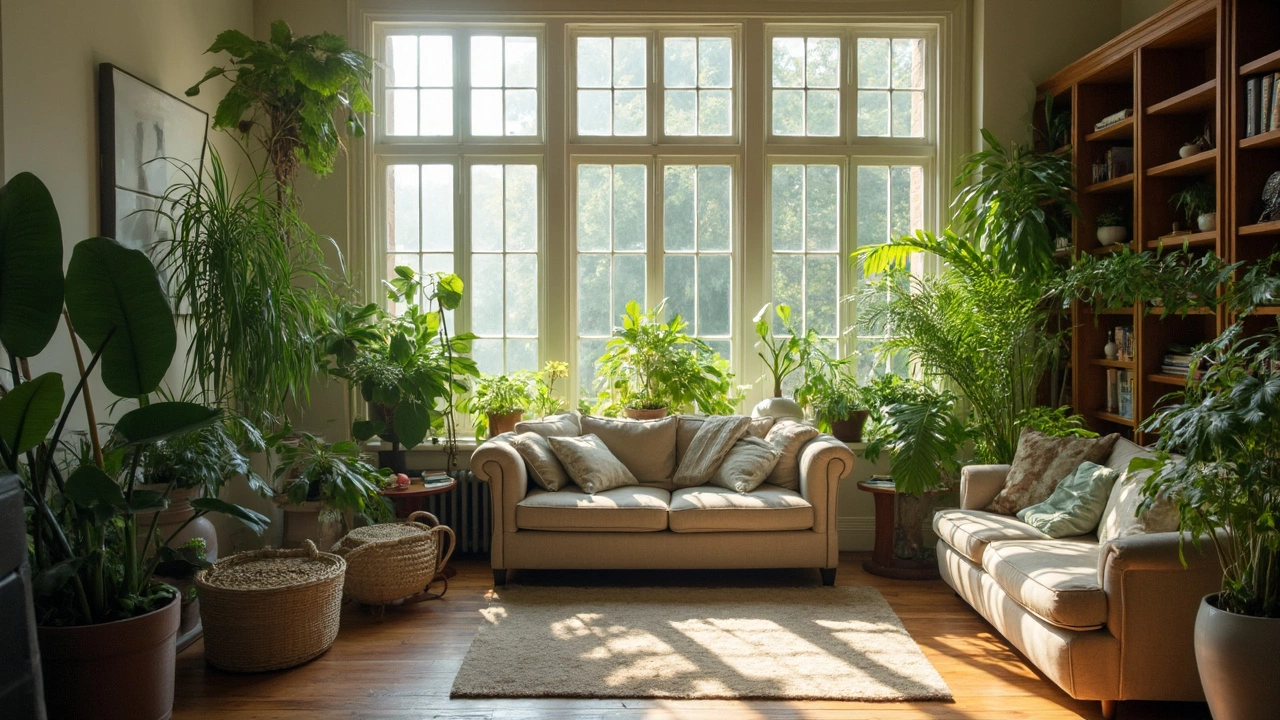
Struggling with indoor air quality? Discover alternatives that may outperform your standard air purifier. From smart plant choices to effective ventilation strategies, learn how to clean the air naturally and efficiently. This article dives into practical tips to breathe easier without relying solely on electric devices.
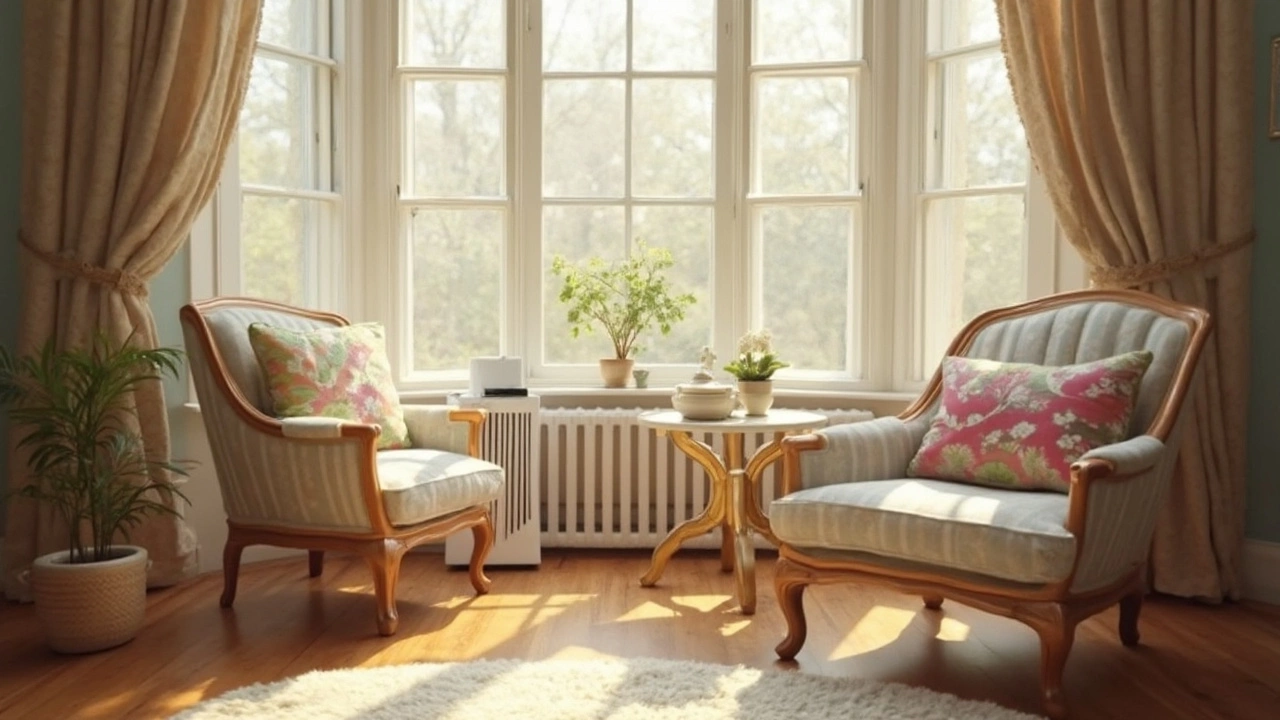
Knowing where to place your air purifier can dramatically improve its efficiency in removing dust from your home. By strategically placing it in areas with high foot traffic, near sources of dust, and away from obstructions, you can ensure optimal dust control. Learn how to maximize the purifier's effectiveness by understanding its coverage area and how your home's layout affects air circulation.
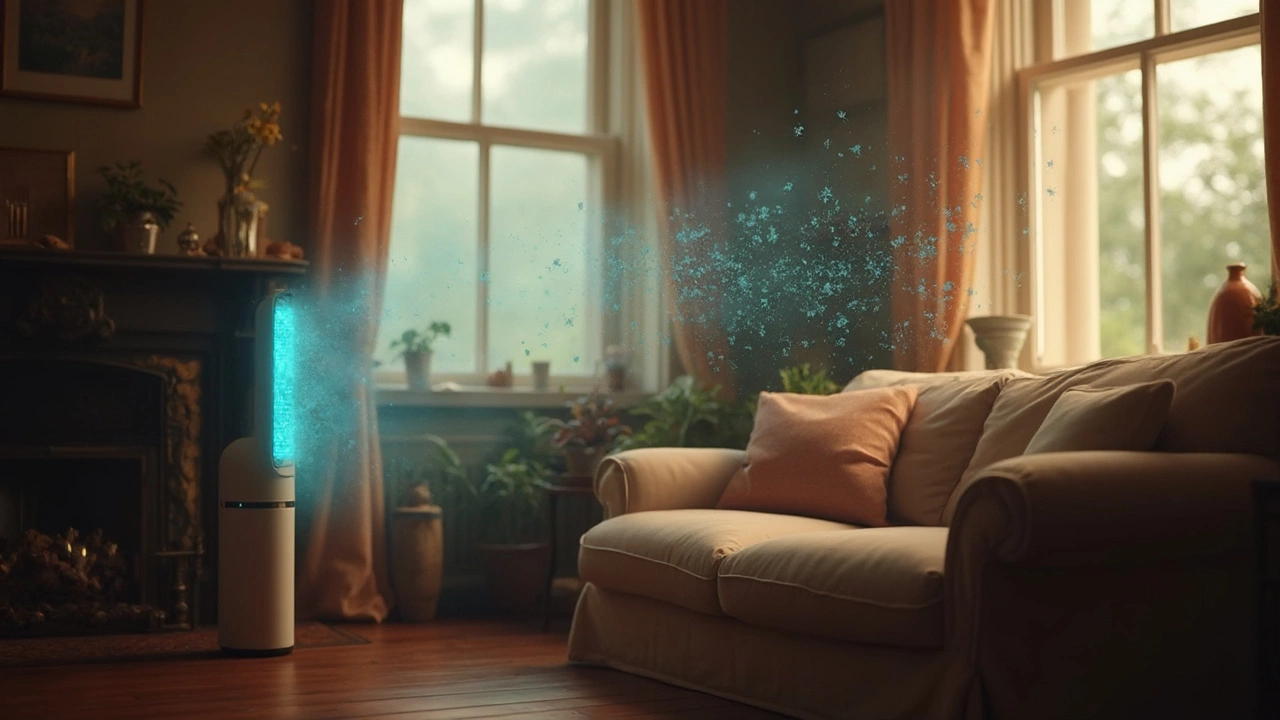
Mold in your home is not just unsightly; it poses health risks for you and your family. An air purifier might seem like a convenient solution, but how effective are they in combating mold? This article explores the capabilities of air purifiers in dealing with mold spores and improving indoor air quality. Learn what features to look for in an air purifier if mold is your main concern.
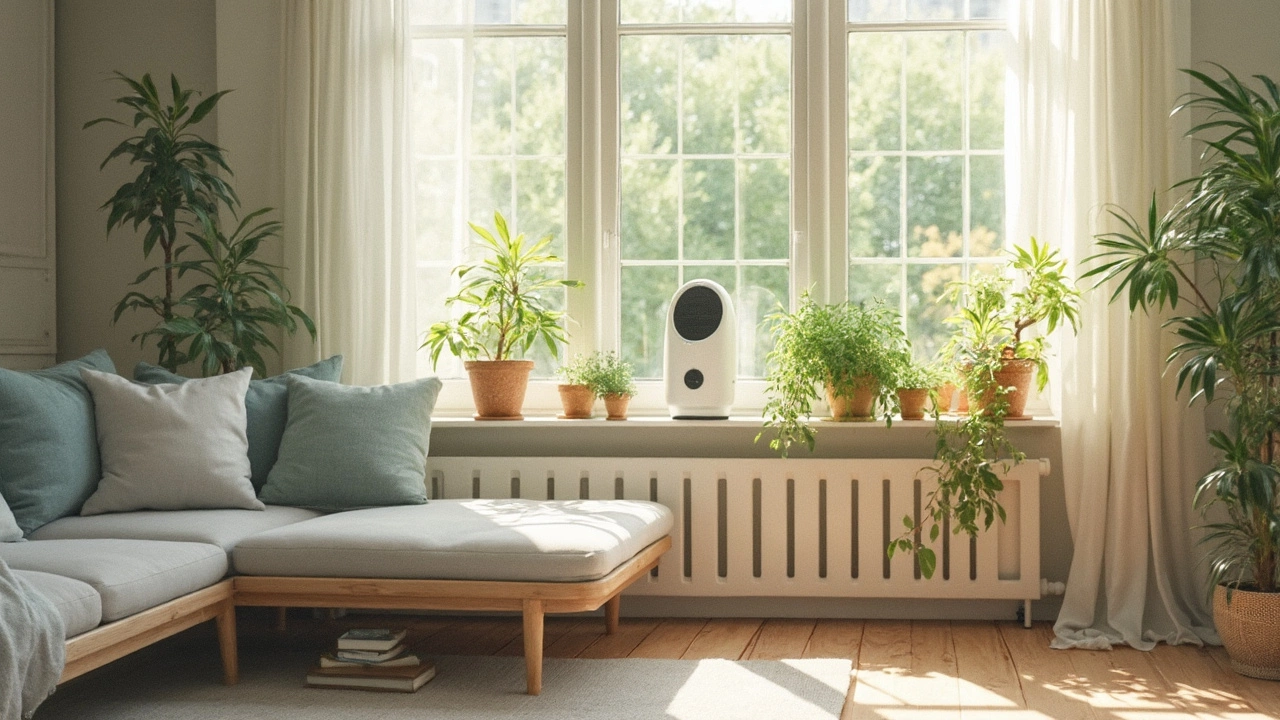
Air purifiers are a common household gadget, but knowing the right way to use them can be a bit puzzling. Should you keep the room closed while the purifier is on? This article explores how to maximize the efficiency of your air purifier depending on your space and needs. It also tackles common misconceptions and shares some handy tips for optimal air quality.

Understanding how long it takes for an air purifier to clean the air in a house involves examining several factors including the size of the room, the type of air purifier, and its efficiency rating. This article explores the mechanisms behind air purifiers and offers insights into optimizing their performance in your home. You will also find tips on choosing the right model based on your specific needs. Additionally, learn how factors like pollution levels and maintenance influence air cleaning speed.